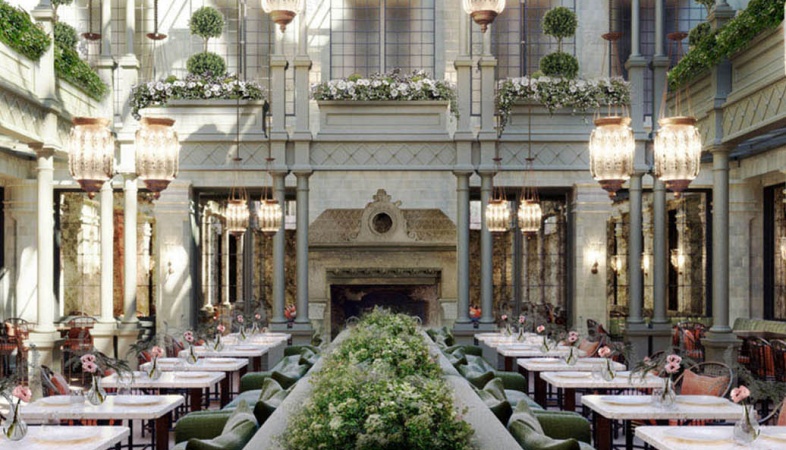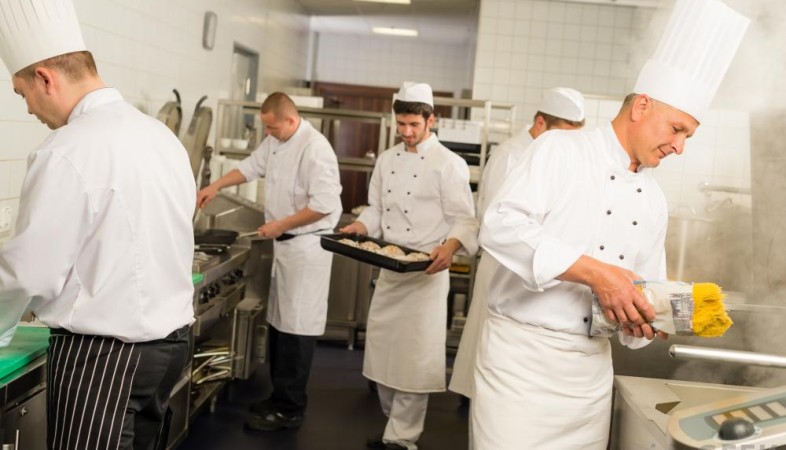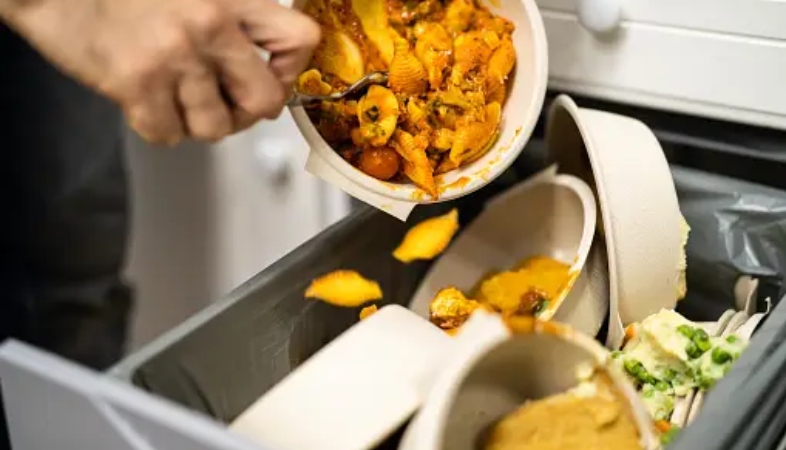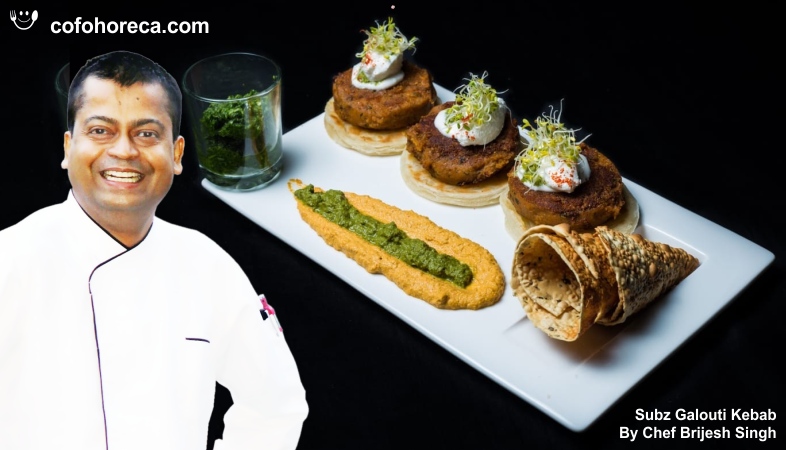Gourmet Gharanas: Uncovering the Royal Cuisines of Princely States of India
Each princely state in India had its own distinct culinary traditions and specialties, shaped by factors such as geography, climate, and cultural influences.

India's rich culinary heritage is as diverse as its culture
and history, with each region boasting its own unique flavors, ingredients, and
cooking techniques. Among the most captivating aspects of Indian cuisine are
the royal cuisines of the country's princely states, which have been passed
down through generations and continue to be celebrated for their opulence,
sophistication, and culinary artistry. In this exploration, we delve into the
world of gourmet gharanas, uncovering the royal kitchens of India's princely
states and the culinary treasures they hold.
For centuries, India's royalty has been renowned for its lavish feasts and extravagant banquets, where culinary excellence was considered a symbol of wealth, power, and status. The royal kitchens, or gharanas, were the epicenter of this culinary tradition, where skilled chefs, known as khansamas, concocted elaborate dishes fit for kings and queens. Drawing inspiration from ancient recipes, regional ingredients, and culinary innovations, these chefs created culinary masterpieces that reflected the refined tastes and preferences of their royal patrons.
Each princely state in India had its own distinct culinary traditions and specialties, shaped by factors such as geography, climate, and cultural influences. From the rich Mughlai cuisine of North India to the aromatic flavors of Awadhi cuisine in Lucknow, each region contributed its own unique flavors and techniques to the royal table. Similarly, the coastal states of Kerala and Bengal showcased their abundance of seafood and spices, while the desert kingdoms of Rajasthan excelled in hearty and aromatic dishes designed to withstand the arid climate.
One of the hallmarks of royal cuisine in India is its emphasis on luxury and indulgence. Royal feasts were elaborate affairs, featuring multiple courses served on silver platters and gold-rimmed plates, accompanied by an array of exotic ingredients and rare delicacies. Ingredients such as saffron, rose water, and dry fruits were used liberally to enhance the flavor and aroma of dishes, while elaborate presentation techniques, such as garnishes made from edible gold leaf, added to the opulence of the dining experience.
Despite their extravagance, royal cuisines were also rooted in tradition and heritage, with many recipes passed down through generations and carefully preserved as part of the culinary legacy of each princely state. These recipes often combined indigenous ingredients with foreign influences, resulting in a rich tapestry of flavors and textures that continue to captivate food enthusiasts to this day.
In recent years, there has been a renewed interest in India's royal cuisines, with chefs and food historians working to revive traditional recipes and techniques and bring them to a wider audience. Gourmet gharanas, once confined to the palaces of royalty, are now celebrated in upscale restaurants and culinary festivals, where diners can experience the grandeur and splendor of royal dining for themselves.
The royal cuisines of India's princely states are a testament to the country's culinary heritage and cultural diversity. From the aromatic biryanis of Hyderabad to the rich kormas of Kashmir, each royal kitchen tells a story of opulence, sophistication, and culinary artistry that continues to inspire and delight food enthusiasts around the world.
.png)





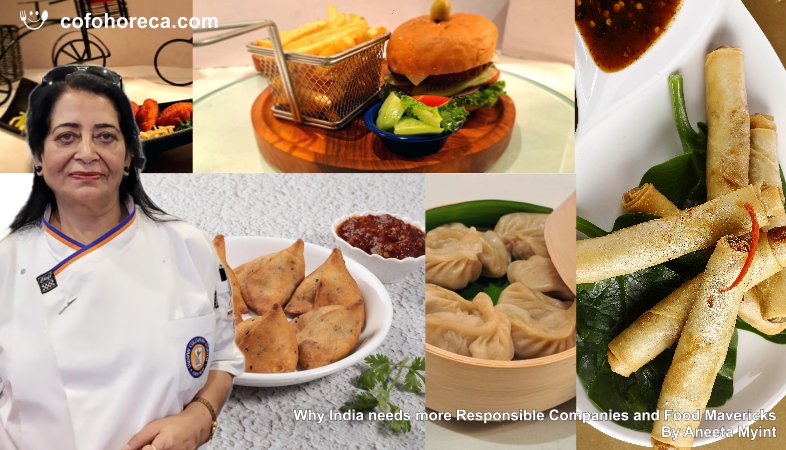





.jpg)


